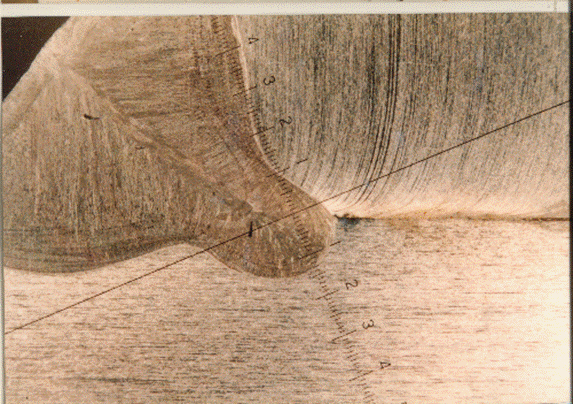

>I see a distinct line where they meet at the weld centerline.


 If your macros show consistency in shape and D to W throughout the entire length of the weld and is repeatable with set power source parameters weld after weld with machine after machine then you should be relatively okay...
If your macros show consistency in shape and D to W throughout the entire length of the weld and is repeatable with set power source parameters weld after weld with machine after machine then you should be relatively okay... 

















Powered by mwForum 2.29.2 © 1999-2013 Markus Wichitill